NASA Heliophysics
Overview
TEXT HERE
Recent Releases
Solar Activity Continues to Rise with 'Anemone' Eruption
Go to this pageShort video showing the solar flare and subsequent prominence eruption and "arcade" of loops.Credit: NASA/GSFC/SDOMusic: "Beautiful Awesome" from Universal Production MusicWatch this video on the NASA Goddard YouTube channel.Complete transcript available. || Anemone_Eruption_131-171_Blend.jpg (1920x1080) [281.9 KB] || Anemone_Eruption_131-171_Blend_searchweb.png (180x320) [78.6 KB] || Anemone_Eruption_131-171_Blend_thm.png (80x40) [6.6 KB] || 13778_Anemone_Eruption_ProRes_1920x1080_2997.mov (1920x1080) [2.0 GB] || 13778_Anemone_Eruption_Best_1080.mp4 (1920x1080) [718.2 MB] || 13778_Anemone_Eruption_1080.mp4 (1920x1080) [220.6 MB] || 13778_Anemone_Eruption_Best_1080.webm (1920x1080) [16.0 MB] || AnemoneEruption_SRT_Captions.en_US.srt [500 bytes] || AnemoneEruption_SRT_Captions.en_US.vtt [513 bytes] ||
Heliophysics 101
Heliophysics Overview
Go to this pageHeliophysics is the study of the Sun, and how it influences the very nature of space — and, in turn, the atmospheres of planets and the technology that exists there. Space is not, as is often believed, completely empty; instead, we live in the extended atmosphere of an active star. Our Sun sends out a steady outpouring of particles and energy -- the solar wind – as well as a constantly writhing magnetic system. This extensive, dynamic solar atmosphere surrounds the Sun, Earth, the planets, and extends far out into the solar system.Studying this system not only helps us understand fundamental information about how the universe works, but also helps protect our technology and astronauts in space. NASA seeks knowledge of near-Earth space, because -- when extreme -- space weather can interfere with our communications, satellites and power grids. The study of the Sun and space can also teach us more about how stars contribute to the habitability of planets throughout the universe.Mapping out this interconnected system requires a holistic study of the Sun’s influence on space, Earth and other planets. NASA has a fleet of spacecraft strategically placed throughout our heliosphere -- from Parker Solar Probe at the Sun observing the very start of the solar wind, to satellites around Earth, to the farthest human-made object, Voyager, which is sending back observations on interstellar space. Each mission is positioned at a critical, well-thought out vantage point to observe and understand the flow of energy and particles throughout the solar system -- all helping us untangle the effects of the star we live with. ||
Space Weather
Solar Energetic Particles
Go to this pageThe Sun goes through phases of strong activity, during which eruptions can occur. Such eruptions can have multiple components, including X rays, coronal mass ejection plasma, and solar energetic particles – bursts or events of fast-moving particles. These events can occur suddenly and have the potential to rapidly change the radiation environment of wide swaths of the inner solar system where they may create hazardous conditions. Not only are such conditions dangerous for humans in space, but the intense ionizing radiation can also affect the interior of spacecraft, including sensitive electronics. Solar energetic particles can reach all regions of near-Earth space, including the lunar surface, with the exception of low-altitude and low-latitude Earth orbit, where the Earth’s magnetic field is strong enough to form a protective barrier. ||
Space Weather Vocabulary
Go to this pageWe are all familiar with weather on Earth, but how much do you know about weather in space? Suitable for all ages, this introduction to space weather covers vocabulary like coronal mass ejection (CME), solar wind, and solar flare. It also outlines potential effects of solar storms on our planet.This video is available in English and Spanish, both with English subtitles.Todo el mundo está familiarizado con el clima de la Tierra pero, ¿cuánto sabes sobre meteorología espacial? Este video introductorio al clima espacial, apropiado para todas las edades y niveles, explica términos científicos como eyección de masa coronal, viento solar o erupción solar.También provee una descripción general sobre los efectos potenciales que tienen las tormentas solares en nuestro planeta.El vídeo está disponible en español e inglés, ambas versiones con subtítulos en inglés. ||
Magnetospheres of our Solar System
Go to this pageA magnetosphere is the magnetic field shields a planet against the Sun's dangerous radiation. Not all magnetospheres are alike. This animation depicts the unique magnetospheres around Earth, Mars, and Jupiter. To demonstrate their strength, each planet's magnetosphere receives a direct hit from a coronal mass ejection (CME) - a cloud of dense radiation and magnetic field from the Sun. The impact of the CME on the planet depends on the strength of the magnetosphere. On Mars, the magnetosphere is weak and patchy, resulting in some loss of the planet's atmosphere. At Earth, the magnetosphere acts as a buffer, deforming from the impact, but protecting the planet. For Jupiter, the punch of the CME is barely felt by the massive magnetic field. ||
Space Weather
Go to this pageThis movie takes us on a space weather journey from the center of the sun to solar eruptions in the sun's atmosphere all the way to the effects of that activity near Earth. The view starts in the core of the sun where atoms fuse together to create light and energy. Next we travel toward the sun's surface, watching loops of magnetic fields rise up to break through the sun's atmosphere, the corona. In the corona is where we witness giant bursts of radiation and energy known as solar flares, as well as gigantic eruptions of solar material called coronal mass ejections or CMEs. The movie follows one of these CME's toward Earth where it impacts and compresses Earth's own protective magnetic bubble, the magnetosphere. As energy and particles from the sun funnel along magnetic field lines near Earth, they ultimately produce aurora at Earth's poles. ||
Proton Aurora
Go to this pageThis animation shows a magnetic reconnection event with proton aurora data from the IMAGE spacecraft. || Proton aurora animation || Image_recon060000602_print.jpg (1024x698) [32.6 KB] || Image_recon0600_web.png (320x216) [276.8 KB] || reconD1.webmhd.webm (960x540) [7.5 MB] || 720x486_4x3_29.97p (720x486) [64.0 KB] || reconD1.mov (720x486) [38.3 MB] || recon.mpg (352x240) [7.9 MB] || recon.mov (360x240) [14.4 MB] ||
Substorms
Go to this pageThis animation shows a magnetospheric substorm, during which the reconnection causes energy to be rapidly released along the field lines causing the auroras to brighten. ||
Solar Science
IRIS views Nano-Flares on the Sun
Go to this pageOpening full-disk solar view from AIA 304 angstroms, zooming in and fading in IRIS SJI at 1400 angstroms. || SDO304-IRIS1400-nanoflare2014-zoom_stand.HD1080i.00663_print.jpg (1024x576) [139.8 KB] || SDO304-IRIS1400-nanoflare2014-zoom_stand.HD1080i.00663_searchweb.png (320x180) [67.9 KB] || SDO304-IRIS1400-nanoflare2014-zoom_stand.HD1080i.00663_thm.png (80x40) [5.0 KB] || SDO304-IRIS1400-nanoflare2014-zoomHD (1920x1080) [0 Item(s)] || SDO304-IRIS1400-nanoflare2014-zoom_stand.HD1080i_p30.mp4 (1920x1080) [60.5 MB] || SDO304-IRIS1400-nanoflare2014-zoom_stand.HD1080i_p30.webm (1920x1080) [3.0 MB] || SDO304-IRIS1400-nanoflare2014-zoomHD (3840x2160) [0 Item(s)] || SDO304-IRIS1400-nanoflare2014-zoom_stand.UHD2160_p30.mp4 (3840x2160) [203.9 MB] || SDO304-IRIS1400-nanoflare2014-zoom_stand.HD1080i_p30.mp4.hwshow [218 bytes] ||
Solar Dynamics Observatory - Argo view - Slices of SDO
Go to this pageArgos (or Argus Panoptes) was the 100-eyed giant in Greek mythology (wikipedia).While the Solar Dynamics Observatory (SDO) has significantly less than 100 eyes, (see "SDO Jewelbox: The Many Eyes of SDO"), seeing connections in the solar atmosphere through the many filters of SDO presents a number of interesting challenges. This visualization experiment illustrates a mechanism for highlighting these connections. This visualization is a variation of the original Solar Dynamics Observatory - Argo view. In this case, the different wavelength filters are presented in three sets around the Sun at full 4Kx4K resolution. This enables monitoring of changes in time over all wavelengths at any location around the limb of the Sun. The wavelengths presented are: 617.3nm optical light from SDO/HMI. From SDO/AIA we have 170nm (pink), then 160nm (green), 33.5nm (blue), 30.4nm (orange), 21.1nm (violet), 19.3nm (bronze), 17.1nm (gold), 13.1nm (aqua) and 9.4nm (green).We've locked the camera to rotate the view of the Sun so each wedge-shaped wavelength filter passes over a region of the Sun. As the features pass from one wavelength to the next, we can see dramatic differences in solar structures that appear in different wavelengths.Filaments extending off the limb of the Sun which are bright in 30.4 nanometers, appear dark in many other wavelengths.Sunspots which appear dark in optical wavelengths, are festooned with glowing ribbons in ultraviolet wavelengths.small flares, invisible in optical wavelengths, are bright ribbons in ultraviolet wavelengths.if we compare the visible light limb of the Sun with the 170 nanometer filter on the left, with the visible light limb and the 9.4 nanometer filter on the right, we see that the 'edge' is at different heights. This effect is due to the different amounts of absorption, and emission, of the solar atmosphere in ultraviolet light.in far ultraviolet light, the photosphere is dark since the black-body spectrum at a temperature of 5700 Kelvin emits very little light in this wavelength. ||
Heliophysics Overview
Go to this pageHeliophysics is the study of the Sun, and how it influences the very nature of space — and, in turn, the atmospheres of planets and the technology that exists there. Space is not, as is often believed, completely empty; instead, we live in the extended atmosphere of an active star. Our Sun sends out a steady outpouring of particles and energy -- the solar wind – as well as a constantly writhing magnetic system. This extensive, dynamic solar atmosphere surrounds the Sun, Earth, the planets, and extends far out into the solar system.Studying this system not only helps us understand fundamental information about how the universe works, but also helps protect our technology and astronauts in space. NASA seeks knowledge of near-Earth space, because -- when extreme -- space weather can interfere with our communications, satellites and power grids. The study of the Sun and space can also teach us more about how stars contribute to the habitability of planets throughout the universe.Mapping out this interconnected system requires a holistic study of the Sun’s influence on space, Earth and other planets. NASA has a fleet of spacecraft strategically placed throughout our heliosphere -- from Parker Solar Probe at the Sun observing the very start of the solar wind, to satellites around Earth, to the farthest human-made object, Voyager, which is sending back observations on interstellar space. Each mission is positioned at a critical, well-thought out vantage point to observe and understand the flow of energy and particles throughout the solar system -- all helping us untangle the effects of the star we live with. ||
Instagram: Solar Storms May Have Been Key to Life on Earth
Go to this pageOur sun's adolescence was stormy—and new evidence shows that these tempests may have been just the key to seeding life as we know it.Some 4 billion years ago, the sun shone with only about three-quarters the brightness we see today, but its surface roiled with giant eruptions spewing enormous amounts of solar material and radiation out into space. These powerful solar explosions may have provided the crucial energy needed to warm Earth, despite the sun's faintness. The eruptions also may have furnished the energy needed to turn simple molecules into the complex molecules such as RNA and DNA that were necessary for life. The research was published in Nature Geoscience on May 23, 2016, by a team of scientists from NASA.Understanding what conditions were necessary for life on our planet helps us both trace the origins of life on Earth and guide the search for life on other planets. Until now, however, fully mapping Earth's evolution has been hindered by the simple fact that the young sun wasn't luminous enough to warm Earth."Back then, Earth received only about 70 percent of the energy from the sun than it does today," said Vladimir Airapetian, lead author of the paper and a solar scientist at NASA's Goddard Space Flight Center in Greenbelt, Maryland. "That means Earth should have been an icy ball. Instead, geological evidence says it was a warm globe with liquid water. We call this the Faint Young Sun Paradox. Our new research shows that solar storms could have been central to warming Earth." ||
Heliosphere
Heliopause Cycle
Go to this pageThis animation shows the heliosphere expanding and contracting in response to the solar cycle. As the sun reaches solar maximum, the solar wind increases and expands the heliosphere. During solar minimum, the heliosphere contracts. ||
Journey to the Heliopause II
Go to this pageThis animation is an update HD version of #010149 that starts at the Sun and pulls back to reveal the Heliosphere. ||
Where is the Edge of the Solar System?
Go to this pageComplete transcript available.Music credit: Dream Girl 3 by Yuri Sazonoff || EdgeofSolarSystem_ThumbnailOption2_print.jpg (1024x576) [252.4 KB] || EdgeofSolarSystem_ThumbnailOption2.png (3840x2160) [14.7 MB] || EdgeofSolarSystem_ThumbnailOption2_thm.png (80x40) [7.0 KB] || EdgeofSolarSystem_ThumbnailOption2_searchweb.png (320x180) [115.1 KB] || 12639_EdgeofSolarSystem_Final_24fps_v02_VX-718267_appletv.m4v (1280x720) [28.8 MB] || 12639_EdgeofSolarSystem_Final_24fps_v02_VX-718267_appletv_subtitles.m4v (1280x720) [28.8 MB] || YOUTUBE_1080_12639_EdgeofSolarSystem_Final_24fps_v02_VX-718267_youtube_1080.webm (1920x1080) [7.2 MB] || TWITTER_720_12639_EdgeofSolarSystem_Final_24fps_v02_VX-718267_twitter_720.mp4 (1280x720) [12.3 MB] || YOUTUBE_1080_12639_EdgeofSolarSystem_Final_24fps_v02_VX-718267_youtube_1080.mp4 (1920x1080) [95.1 MB] || FACEBOOK_720_12639_EdgeofSolarSystem_Final_24fps_v02_VX-718267_facebook_720.mp4 (1280x720) [70.5 MB] || YOUTUBE_720_12639_EdgeofSolarSystem_Final_24fps_v02_VX-718267_youtube_720.mp4 (1280x720) [96.0 MB] || PRORES_B-ROLL_12639_EdgeofSolarSystem_Final_24fps_v02_VX-718267_prores.mov (1280x720) [403.5 MB] || 12639_Edge_of_the_Solar_System.en_US.srt [810 bytes] || 12639_Edge_of_the_Solar_System.en_US.vtt [823 bytes] || YOUTUBE_4K_12639_EdgeofSolarSystem_Final_24fps_v02_VX-718267_youtube_4k.mp4 (3840x2160) [246.9 MB] || 12639_EdgeofSolarSystem_Final_24fps_v02_VX-718267_lowres.mp4 (480x272) [9.5 MB] || 12639_EdgeofSolarSystem_Final_24fps_v02_VX-718267_youtube_hq.mov (3840x2160) [1.8 GB] || 12639_EdgeofSolarSystem_Final_24fps_v02.mov (3840x2160) [3.0 GB] || 12639_EdgeofSolarSystem_Final_2997fps_v02.mov (3840x2160) [3.7 GB] ||
Heliophysics and Space Weather
Go to this pageThe sun and its atmosphere consist of several zones, or layers, from the inner core to the outer corona. Beyond the corona is the solar wind, which is an outward expansion of coronal plasma that extends well beyond the orbit of Pluto. This entire region of space influenced by the sun is called the heliosphere. Controlled by the Earth’s magnetic field, the magnetosphere acts as a shield protecting the planet from solar wind. The shape of the Earth's magnetosphere is the direct result of being impacted by solar wind, compressed on its sunward side and elongated on the night-side, the magnetotail. The shock wave where the solar wind encounters Earth's magnetosphere is called the bow shock, which slows and diverts the solar wind. Solar activity lead to solar eruptions, which includes such phenomena as sunspots, flares, prominences, and coronal mass ejections that influence space weather, or near-Earth environmental conditions. Modern society depends heavily on a variety of technologies that are susceptible to space weather. CMEs for example can cause geomagnetic storms that can disrupt satellite communications and navigational equipment, and even cause blackouts. ||
Heliotail
Go to this pageAnimation showing Heliotail solar winds. || heliotail animation || Heliotail_0090000877_print.jpg (1024x576) [68.7 KB] || Heliotail_00900_web.png (320x180) [55.2 KB] || Heliotail_00900_thm.png (80x40) [5.5 KB] || heliotail.webmhd.webm (960x540) [3.5 MB] || Helio (3840x2160) [64.0 KB] || heliotail.mp4 (3840x2160) [16.2 MB] ||
Magnetosphere
Earth's Magnetosphere
Go to this pageA simple visualization of Earth's magnetosphere near the time of the equinox. || Earth_Equinox_Dayside.slate_BaseRig.HD1080i.1000_print.jpg (1024x576) [139.2 KB] || Earth_Equinox_Dayside.slate_BaseRig.HD1080i.1000_searchweb.png (320x180) [91.9 KB] || Earth_Equinox_Dayside.slate_BaseRig.HD1080i.1000_thm.png (80x40) [6.1 KB] || Equinox_Dayside-noglyph (1920x1080) [0 Item(s)] || Earth_Equinox_Dayside.HD1080i_p30.webm (1920x1080) [13.0 MB] || Earth_Equinox_Dayside.HD1080i_p30.mp4 (1920x1080) [240.4 MB] || Equinox_Dayside-noglyph (3840x2160) [0 Item(s)] || Earth_Equinox_Dayside_2160p30.mp4 (3840x2160) [642.0 MB] || Earth_Equinox_Dayside.HD1080i_p30.mp4.hwshow [199 bytes] ||
Magnetospheric Reconnection - July 2012
Go to this pageProfile view of magnetosphere. Density data slice in x-z plane. || Earth_Reconnect-July2012mII_Profile.noslate_GSEmove.HD1080i.0818_print.jpg (1024x576) [135.8 KB] || Earth_Reconnect-July2012mII_Profile.HD1080.mov (1920x1080) [377.5 MB] || Profile (1920x1080) [256.0 KB] || Earth_Reconnect-July2012mII_Profile_HD1080.mp4 (1920x1080) [141.3 MB] || Earth_Reconnect-July2012mII_Profile.HD1080.webm (1920x1080) [11.3 MB] ||
Magnetic Reconnection 2
Go to this pageThis is an update to an older magnetic reconnection animation (10072). The ionized wind from the Sun generates reconnection in the Earth's magnetic field. Particles leak in from the rediation belts producing the auroras. ||
Solar Wind Interacting with Earth's Magnetic Field
Go to this pageA conceptual animation showing solar wind interacting with Earth's magnetic field and causing atmospheric loss at the polar cusps. || YOUTUBE_1080_13506_Atmospheric_Escape_youtube_1080.00001_print.jpg (1024x576) [77.5 KB] || YOUTUBE_1080_13506_Atmospheric_Escape_youtube_1080.00001_searchweb.png (320x180) [74.4 KB] || YOUTUBE_1080_13506_Atmospheric_Escape_youtube_1080.00001_web.png (320x180) [74.4 KB] || YOUTUBE_1080_13506_Atmospheric_Escape_youtube_1080.00001_thm.png (80x40) [6.3 KB] || PRORES_B-ROLL_13506_Atmospheric_Escape_prores_b-roll.mov (1280x720) [227.8 MB] || YOUTUBE_1080_13506_Atmospheric_Escape_youtube_1080.mp4 (1920x1080) [43.1 MB] || FACEBOOK_720_13506_Atmospheric_Escape_facebook_720.mp4 (1280x720) [32.8 MB] || TWITTER_720_13506_Atmospheric_Escape_twitter_720.mp4 (1280x720) [5.7 MB] || FACEBOOK_720_13506_Atmospheric_Escape_facebook_720.webm (1280x720) [3.0 MB] || 13506_Atmospheric_Escape_Prores.mov (3840x2160) [2.4 GB] || YOUTUBE_4K_13506_Atmospheric_Escape_youtube_4k.mp4 (3840x2160) [187.6 MB] ||
Modeling Earth's Magnetism
Go to this pageSurrounding Earth is a giant magnetic field called the magnetosphere. Its shape is defined not only by the planet's north and south magnetic poles, but also by a steady stream of particles coming in from the sun called the solar wind. The magnetosphere is buffeted by this wind and can change shape dramatically when the sun lets loose an immense cloud of gas known as a coronal mass ejection. To understand and predict the impact of such space weather events on Earth, the Community-Coordinated Modeling Center at NASA’s Goddard Space Flight Center routinely runs computer simulations of past eruptions. Solar storms can inflict serious damage on things like power grids and Earth-orbiting satellites. The simulations let scientists estimate the consequences of outbursts of different magnitude, helping us to better plan for the future. Watch the video to learn more. ||
Ionosphere, Thermosphere, Mesosphere
Welcome to the Ionosphere
Go to this pageMusic credit: Foxy Trot by Luis Enriquez Bacalov Complete transcript available.Watch this video on the NASA Goddard YouTube channel. || ionosphere_thumb.jpg (1920x1080) [69.9 KB] || ionosphere_thumb_searchweb.png (320x180) [57.3 KB] || ionosphere_thumb_thm.png (80x40) [6.3 KB] || APPLE_TV-12532_Welcome_to_the_ionosphere_bsideV4_appletv.webm (1280x720) [24.0 MB] || APPLE_TV-12532_Welcome_to_the_ionosphere_bsideV4_appletv.m4v (1280x720) [116.4 MB] || APPLE_TV-12532_Welcome_to_the_ionosphere_bsideV4_appletv_subtitles.m4v (1280x720) [116.5 MB] || YOUTUBE_1080-12532_Welcome_to_the_ionosphere_bsideV4_youtube_1080.mp4 (1920x1080) [346.2 MB] || NASA_TV-12532_Welcome_to_the_ionosphere_bsideV4.mpeg (1280x720) [691.7 MB] || 12532_Welcome_to_the_ionosphere_bsideV2_lowres.en_US.srt [3.8 KB] || 12532_Welcome_to_the_ionosphere_bsideV2_lowres.en_US.vtt [3.8 KB] || LARGE_MP4-12532_Welcome_to_the_ionosphere_bsideV4_large.mp4 (3840x2160) [220.8 MB] || 12532_Welcome_to_the_ionosphere_bsideV4_lowres.mp4 (480x272) [29.2 MB] || NASA_PODCAST-12532_Welcome_to_the_ionosphere_bsideV4_ipod_sm.mp4 (320x240) [37.3 MB] || 12532_Welcome_to_the_ionosphere_bsideV4.mov (3840x2160) [10.1 GB] ||
Ionosphere Graphics
Go to this pageStretching from roughly 50 to 400 miles above Earth’s surface, the ionosphere is an electrified layer of the upper atmosphere, generated by extreme ultraviolet radiation from the Sun. It’s neither fully Earth nor space, and instead, reacts to both terrestrial weather below and solar energy streaming in from above, forming a complex space weather system of its own. The particles of the ionosphere carry electrical charge that can disrupt communications signals, cause satellites in low-Earth orbit to become electrically charged, and, in extreme cases, cause power outages on the ground. Positioned on the edge of space and intermingled with the neutral atmosphere, the ionosphere’s response to conditions on Earth and in space is difficult to pin down. ||
Airglow Imagery
Go to this pageAirglow occurs when atoms and molecules in the upper atmosphere, excited by sunlight, emit light in order to shed their excess energy. The phenomenon is similar to auroras, but where auroras are driven by high-energy particles originating from the solar wind, airglow is sparked by day-to-day solar radiation. Airglow carries information on the upper atmosphere’s temperature, density, and composition, but it also helps us trace how particles move through the region itself. Vast, high-altitude winds sweep through the ionosphere, pushing its contents around the globe — and airglow’s subtle dance follows their lead, highlighting global patterns. ||
Terrestrial Atmosphere ITM (Ionosphere, Thermosphere, Mesosphere) Processes
Go to this pageLarge image version || Terrestrial_Atmos_ITM_Processes.jpg (3355x2205) [1.2 MB] || Terrestrial_Atmos_ITM_Processes_searchweb.png (320x180) [65.0 KB] || Terrestrial_Atmos_ITM_Processes_thm.png (80x40) [7.1 KB] || This graphic presents an overview of the physical processes that have been identified in Earth's upper atmosphere. ||
Where Earth Meets Space
Go to this pageNASA’s newest mission, GOLD, will explore the ever-changing boundary between Earth and space. || 12827_GOLD_SES14satellite.00300_print.png (1920x1080) [2.2 MB] || 12827_GOLD_SES14satellite.00300_print_1024x576.jpg (1024x576) [122.0 KB] || 12827_GOLD_SES14satellite.00300_print_print.jpg (1024x576) [133.7 KB] || 12827_GOLD_SES14satellite.00300_print_searchweb.png (320x180) [82.5 KB] || 12827_GOLD_SES14satellite.00300_print_thm.png (80x40) [5.7 KB] ||
Earth's Atmosphere Layers
Go to this pageThe Earth's layers of atmosphere differ in chemical composition and temperature. They combine to create a protective sheild that maintains our delicate energy balance essential for life on Earth. Most weather occures in the nearest layer, the troposphere (0-7 miles). The stratosphere is the level where jet airliners fly and the ozone layer resides (7-30 miles). Beyondthat is the coldest part of the atmosphere, the mesosphere where only large helium balloons fly (30-50 miles). Finally, the thermosphere gradually fades into space (50-180 miles). ||
Aurora
NASA Spacecraft Uncover Mystery Behind Auroral Beads
Go to this pageA special type of aurora, draped east-west across the night sky like a glowing pearl necklace, is helping scientists better understand the science of auroras and their powerful drivers out in space. Known as auroral beads, these lights often show up just before large auroral displays, which are caused by electrical storms in space called substorms. Until now, scientists weren’t sure if auroral beads are somehow connected to other auroral displays as a phenomenon in space that precedes substorms, or if they are caused by disturbances closer to Earth’s atmosphere.But powerful new computer models, combined with observations from NASA’s Time History of Events and Macroscale Interactions during Substorms – THEMIS – mission, have provided the first direct evidence of the events in space that lead to the appearance of these beads, and demonstrated the important role they play in our local space environment. ||
The Aurora Named STEVE
Go to this pageMusic credit: Bright Patterns by Gregg Lehrman, John Christopher NyeComplete transcript available. || stevethumb2.jpg (1920x1080) [87.2 KB] || stevethumb2_searchweb.png (320x180) [92.9 KB] || stevethumb2_thm.png (80x40) [7.8 KB] || 12865_Aurora.Named.SteveV9.webm (960x540) [65.4 MB] || LARGE_MP4_12865_Aurora.Named.SteveV9_large.mp4 (1920x1080) [163.5 MB] || 12865_Aurora.Named.SteveV9_appletv.m4v (1280x720) [101.1 MB] || 12865_Aurora.Named.SteveV9_appletv_subtitles.m4v (1280x720) [101.1 MB] || YOUTUBE_1080_12865_Aurora.Named.SteveV9_youtube_1080.mp4 (1920x1080) [274.9 MB] || 12865_Aurora.en_US.srt [2.7 KB] || 12865_Aurora.en_US.vtt [2.7 KB] || 12865_Aurora.Named.SteveV9_youtube_hq.mov (1920x1080) [1.0 GB] || 12865_Aurora.Named.SteveV9_lowres.mp4 (480x272) [22.1 MB] || 12865_Aurora.Named.SteveV9.mov (1920x1080) [4.0 GB] ||
Eclipses
Get Ready for the 2017 Solar Eclipse
Go to this pageMusic credit: Ascending Lanterns by Philip HochstrateWatch this video on the NASA Goddard YouTube channel.Complete transcript available. || promothumb.jpg (1920x1080) [115.5 KB] || promothumb_print.jpg (1024x576) [101.0 KB] || promothumb_searchweb.png (320x180) [79.9 KB] || promothumb_web.png (320x180) [79.9 KB] || promothumb_thm.png (80x40) [6.7 KB] || 12551_Eclipse_Promo_V3.540.AppleTV.H264.2997.mp4 (960x540) [16.7 MB] || 12551_Eclipse_Promo_V3.1080p.H264.2997.webm (1920x1080) [13.7 MB] || 12551_Eclipse_Promo_V3.1080p.H264.2997.mp4 (1920x1080) [336.1 MB] || 12551_Eclipse_Promo_2017_V2.en_US.srt [1.7 KB] || 12551_Eclipse_Promo_2017_V2.en_US.vtt [1.7 KB] || 12551_Eclipse_Promo_V3.4KAPR2997.webm (3840x2160) [14.9 MB] || 12551_Eclipse_Promo_V3.4K.H264.2997.mp4 (3840x2160) [122.0 MB] || 12551_Eclipse_Promo_V3.1080.APR5994.mov (1920x1080) [3.1 GB] || 12551_Eclipse_Promo_V3.4KAPR2997.mov (3840x2160) [6.1 GB] ||
How to View the Solar Eclipse with a Pinhole Projector
Go to this pageMusic credit: Apple of My Eye by Frederik WiedmannWatch this video on the NASA Goddard YouTube channel.Complete transcript available. || 12638_How_to_Make_a_Pinhole_ProjectorV3_QT.H264.2997.00039_print.jpg (1024x576) [65.1 KB] || 12638_How_to_Make_a_Pinhole_ProjectorV3_QT.H264.2997.00039_searchweb.png (320x180) [45.1 KB] || 12638_How_to_Make_a_Pinhole_ProjectorV3_QT.H264.2997.00039_thm.png (80x40) [5.3 KB] || 12638_How_to_Make_a_Pinhole_ProjectorV3_QT.H264.2997.mov (1920x1080) [40.8 MB] || 12638_How_to_Make_Pinhole_ProjectorV3_AppleTV540.mp4 (960x540) [10.9 MB] || 12638_How_to_Make_Pinhole_ProjectorV3_H264.2997.mp4 (1920x1080) [77.4 MB] || 12638_How_to_Make_a_Pinhole_ProjectorV3_QT.H264.2997.webm (1920x1080) [8.9 MB] || 12638_How_to_Make_Pinhole_ProjectorV3_YouTube1080p.mp4 (1920x1080) [116.4 MB] || 12638_How_to_Make_a_Pinhole_Projector.en_US.srt [1.0 KB] || 12638_How_to_Make_a_Pinhole_Projector.en_US.vtt [1.0 KB] || 12638_How_to_Make_Pinhole_ProjectorV3_APR5994.mov (1920x1080) [2.1 GB] ||
The Moon's Role in a Solar Eclipse
Go to this pageThis video explains how our moon creates a solar eclipse, why it's such a rare event to see, and how data from NASA's Lunar Reconnaissance Orbiter has enhanced our ability to map an eclipse's path of totality.Music Provided by Universal Production Music: “Bring Me Up” – Anders Gunnar Kampe & Henrik Lars Wikstrom.Watch this video on the NASA.gov Video YouTube channel. || MoonsRoleEclipseThumnail_print.jpg (1024x576) [40.9 KB] || LROSolarEclipse_Thumbnail.jpg (1080x1920) [491.4 KB] || MoonsRoleEclipseThumnail_searchweb.png (320x180) [34.1 KB] || MoonsRoleEclipseThumnail_thm.png (80x40) [4.4 KB] || 12648_MoonsRoleInASolarEclipse_Facebook.webm (1280x720) [21.0 MB] || MoonsRoleEclipseThumnail.tif (1920x1080) [7.9 MB] || 12648_MoonsRoleInASolarEclipse_Facebook.mp4 (1280x720) [219.1 MB] || 12648_MoonsRoleInASolarEclipse_YOUTUBE_1080.mp4 (1920x1080) [296.7 MB] || 12648_MoonsRoleInASolarEclipse_Captions.en_US.srt [3.7 KB] || 12648_MoonsRoleInASolarEclipse_Captions.en_US.vtt [3.7 KB] || 12648_MoonsRoleInASolarEclipse_MASTER.mov (1920x1080) [4.1 GB] ||
Watching the Friendly Skies - Eclipse Safety Tutorial
Go to this pageMusic Credit: Chic to Chic by Piero PiccioniWatch this video on the NASA Goddard YouTube channel.Complete transcript available. || safetyThumbnail.jpg (1920x1080) [115.2 KB] || safetyThumbnail_searchweb.png (320x180) [92.4 KB] || safetyThumbnail_thm.png (80x40) [7.7 KB] || 12517_eclipse_safety_wpost.webm (1920x1080) [24.0 MB] || TWITTER_720-12517_eclipse_safety_wpost_VX-691382_twitter_720.mp4 (1280x720) [45.5 MB] || 12517_eclipse_safety_wpost.mp4 (1920x1080) [211.6 MB] || FACEBOOK_720-12517_eclipse_safety_wpost_VX-691382_facebook_720.mp4 (1280x720) [259.9 MB] || YOUTUBE_1080-12517_eclipse_safety_wpost_VX-691382_youtube_1080.mp4 (1920x1080) [346.3 MB] || YOUTUBE_720-12517_eclipse_safety_wpost_VX-691382_youtube_720.mp4 (1280x720) [347.9 MB] || 12517_eclipse_safety_wpost.en_US.srt [3.8 KB] || 12517_eclipse_safety_wpost.en_US.vtt [3.8 KB] || 12517_eclipse_safety_wpost_VX-691382_lowres.mp4 (480x272) [28.3 MB] || NASA_PODCAST-12517_eclipse_safety_wpost_VX-691382_ipod_sm.mp4 (320x240) [40.1 MB] || 12517_eclipse_safety_wpost.mov (1920x1080) [5.1 GB] ||
What Spacecraft Saw During the 2017 Solar Eclipse
Go to this pageOn Aug. 21, 2017, a solar eclipse passed over North America. People throughout the continent experienced a partial solar eclipse, and a total solar eclipse passed over a narrow swath of land stretching from Oregon to South Carolina, called the path of totality. NASA and its partner’s satellites had a unique vantage point to watch the eclipse. Several Sun-watching satellites were in a position to see the Moon cross in front of the Sun, while many Earth-observing satellites – and NASA’s Lunar Reconnaissance Orbiter, which typically images the Moon’s landscape – captured images of the Moon’s shadow on Earth’s surface. See more and download content at https://go.nasa.gov/2x7b8kf ||
A Total Solar Eclipse Revealed Solar Storms 100 Years Before Satellites
Go to this pageEclipses set the stage for historic science. NASA is taking advantage of the Aug. 21, 2017 eclipse by funding 11 ground-based scientific studies. As our scientists prepare their experiments for next week, we're looking back to an historic 1860 total solar eclipse, which many think gave humanity our first glimpse of solar storms — called coronal mass ejections — 100 years before scientists first understood what they were.Scientists observed these eruptions in the 1970s during the beginning of the modern satellite era, when satellites in space were able to capture thousands of images of solar activity that had never been seen before. But in hindsight, scientists realized their satellite images might not be the first record of these solar storms. Hand-drawn records of an 1860 total solar eclipse bore surprising resemblance to these groundbreaking satellite images.Eclipse archive imagery from: http://mlso.hao.ucar.edu/hao-eclipse-archive.php ||
How to Safely Watch a Solar Eclipse
Go to this pageIt is never safe to look directly at the sun's rays – even if the sun is partly obscured. When watching a partial eclipse you must wear eclipse glasses at all times if you want to face the sun, or use an alternate indirect method. This also applies during a total eclipse up until the time when the sun is completely and totally blocked.During the short time when the moon completely obscures the sun – known as the period of totality – it is safe to look directly at the star, but it's crucial that you know when to take off and put back on your glasses.First and foremost: Check for local information on timing of when the total eclipse will begin and end. NASA's page of eclipse times is a good place to start. Second: The sun also provides important clues for when totality is about to start and end.Learn more at https://eclipse2017.nasa.govFind more videos about the solar ecilpse on the Sun Eclipse 2017 gallery page. ||
Sounding Rockets
Sounding Rockets
Go to this pageFor over 40 years, NASA's Sounding Rocket Program has provided critical scientific, technical, and educational contributions to the nation's space program and is one of the most robust, versatile, and cost-effective flight programs at NASA. Sounding rockets carry scientific instruments into space along a parabolic trajectory. Their overall time in space is brief, typically 5-20 minutes, and at lower vehicle speeds for a well-placed scientific experiment. The short time and low vehicle speeds are more than adequate (in some cases they are ideal) to carry out a successful scientific experiments. Furthermore, there are some important regions of space that are too low for satellites and thus sounding rockets provide the only platforms that can carry out measurements in these regions. Go to NASA.gov for the latest sounding rocket news.
Sounding Rockets Highlights
Go to this pageNASA Launches Sounding Rockets to Study AuroraMusic credit: Trial by Gresby Race Nash [PRS] from Killer Tracks. || LARGE_MP4-12598_SoundingRockets_MASTER_large.00745_print.jpg (1024x682) [134.2 KB] || LARGE_MP4-12598_SoundingRockets_MASTER_large.00745_searchweb.png (320x180) [74.7 KB] || LARGE_MP4-12598_SoundingRockets_MASTER_large.00745_web.png (320x213) [92.8 KB] || LARGE_MP4-12598_SoundingRockets_MASTER_large.00745_thm.png (80x40) [5.3 KB] || 12598_SoundingRockets_MASTER.mov (1152x768) [579.8 MB] || PRORES_B-ROLL-12598_SoundingRockets_MASTER_prores.mov (1280x720) [590.8 MB] || APPLE_TV-12598_SoundingRockets_MASTER_appletv.m4v (1280x720) [41.0 MB] || NASA_TV-12598_SoundingRockets_MASTER.mpeg (1280x720) [280.2 MB] || LARGE_MP4-12598_SoundingRockets_MASTER_large.mp4 (1152x768) [85.0 MB] || YOUTUBE_HQ-12598_SoundingRockets_MASTER_youtube_hq.mov (1152x768) [105.8 MB] || LARGE_MP4-12598_SoundingRockets_MASTER_large.webm (1152x768) [8.9 MB] || APPLE_TV-12598_SoundingRockets_MASTER_appletv_subtitles.m4v (1280x720) [41.1 MB] || soundingrockets-v14.en_US.srt [1.1 KB] || soundingrockets-v14.en_US.vtt [1.1 KB] || NASA_PODCAST-12598_SoundingRockets_MASTER_ipod_sm.mp4 (320x240) [14.1 MB] ||

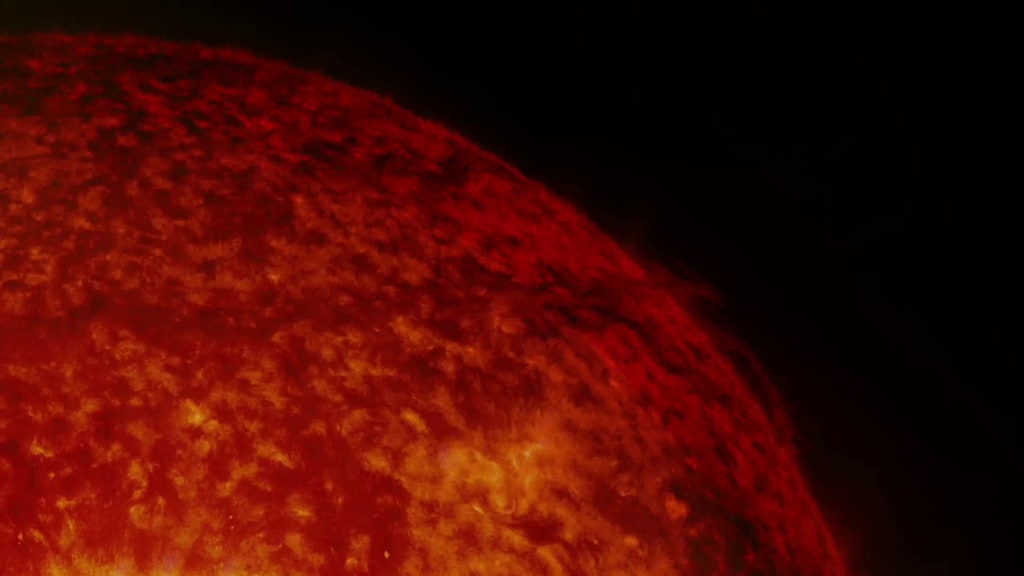
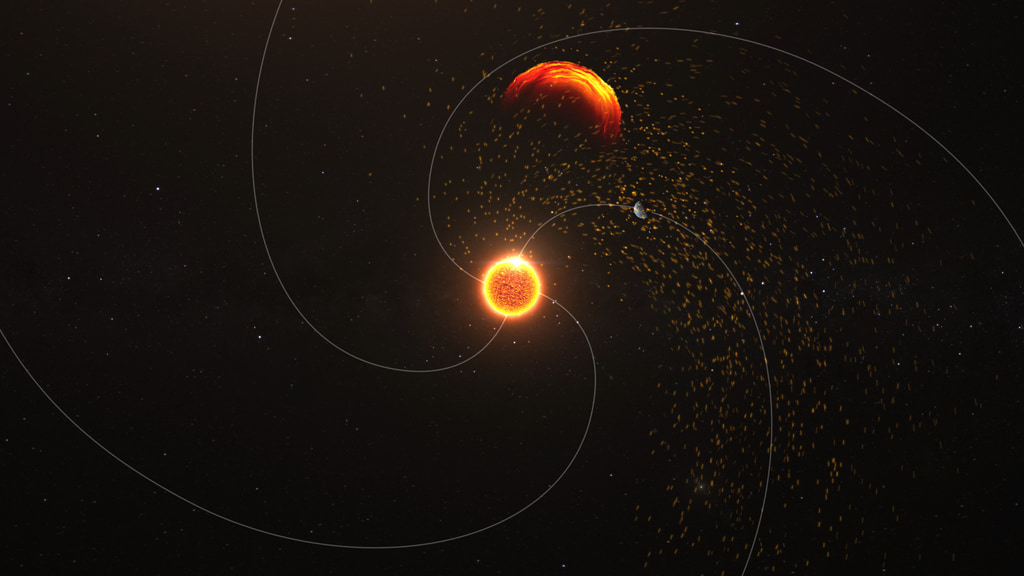


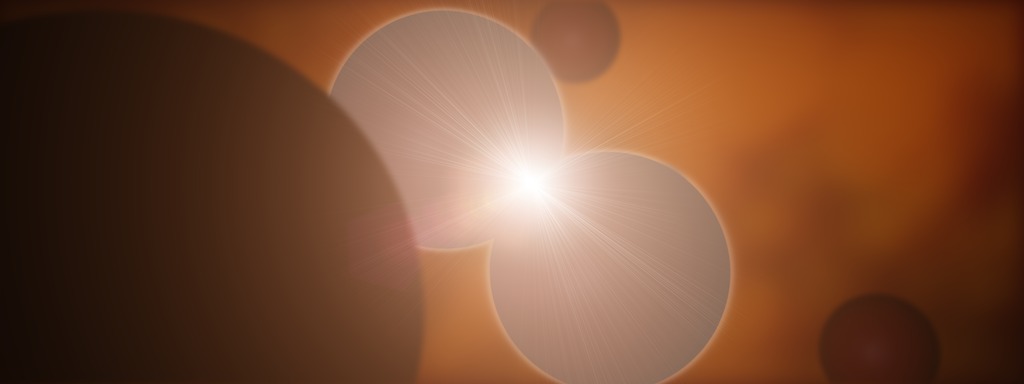
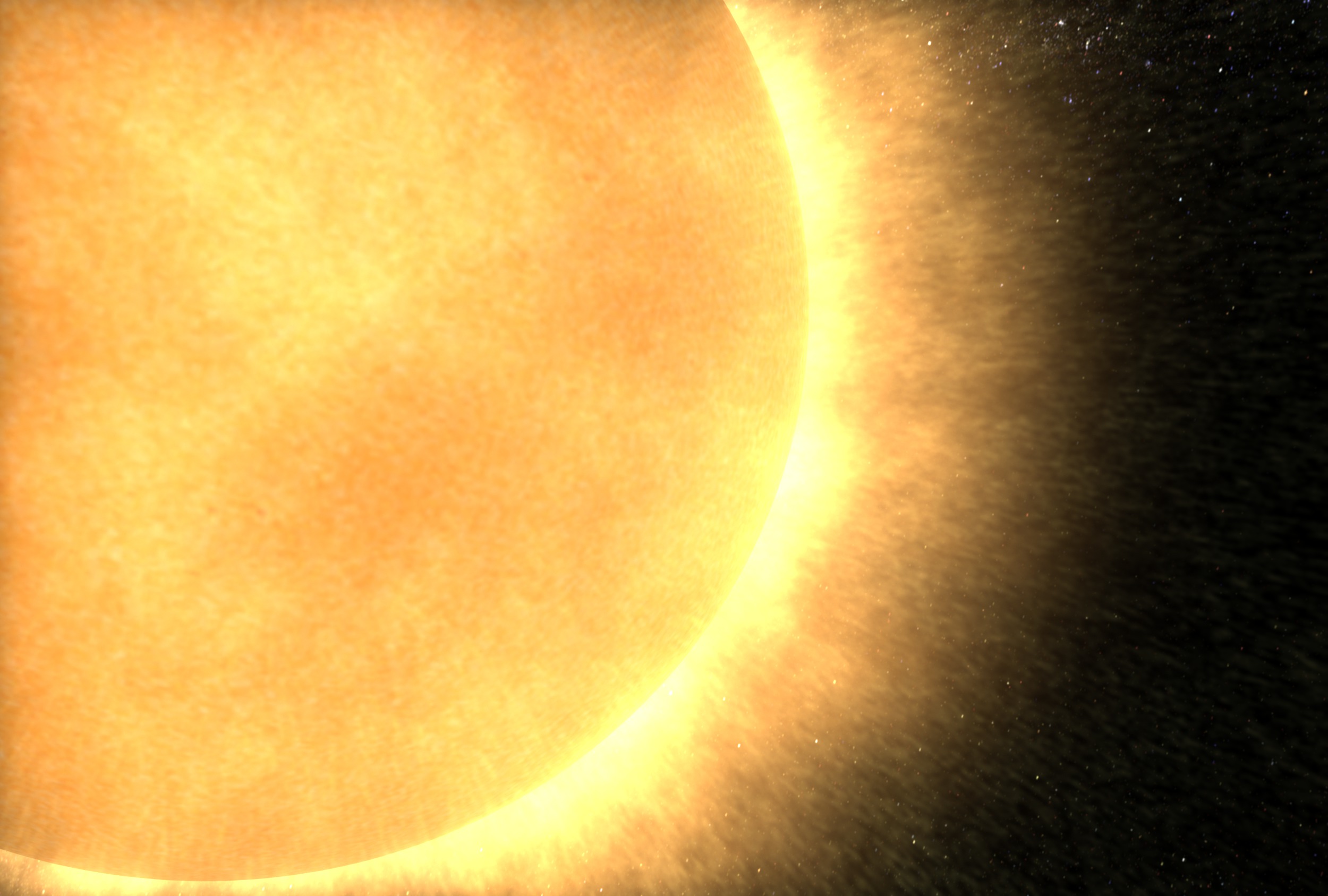
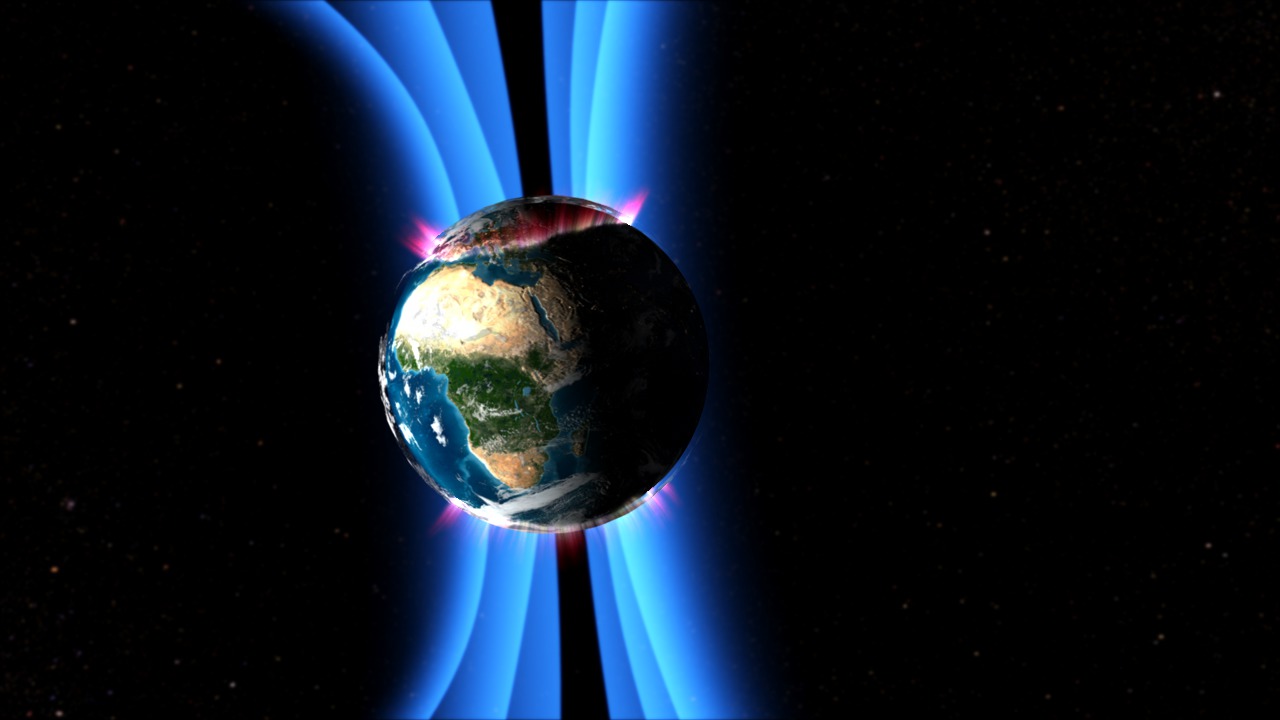
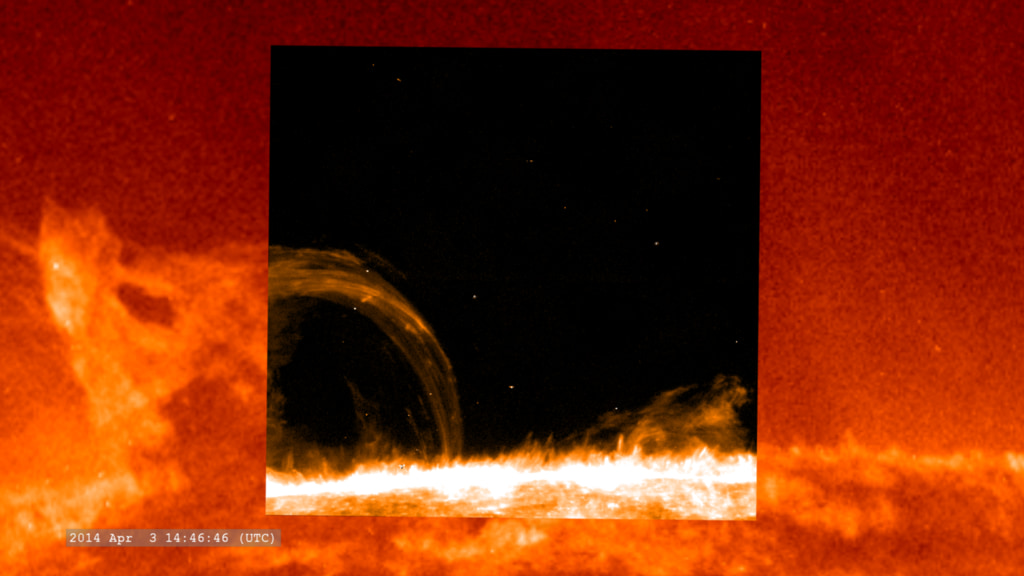
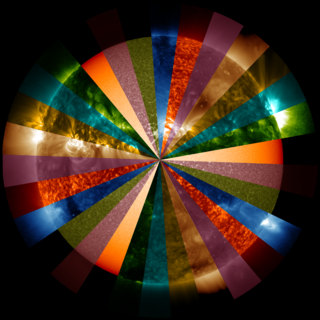
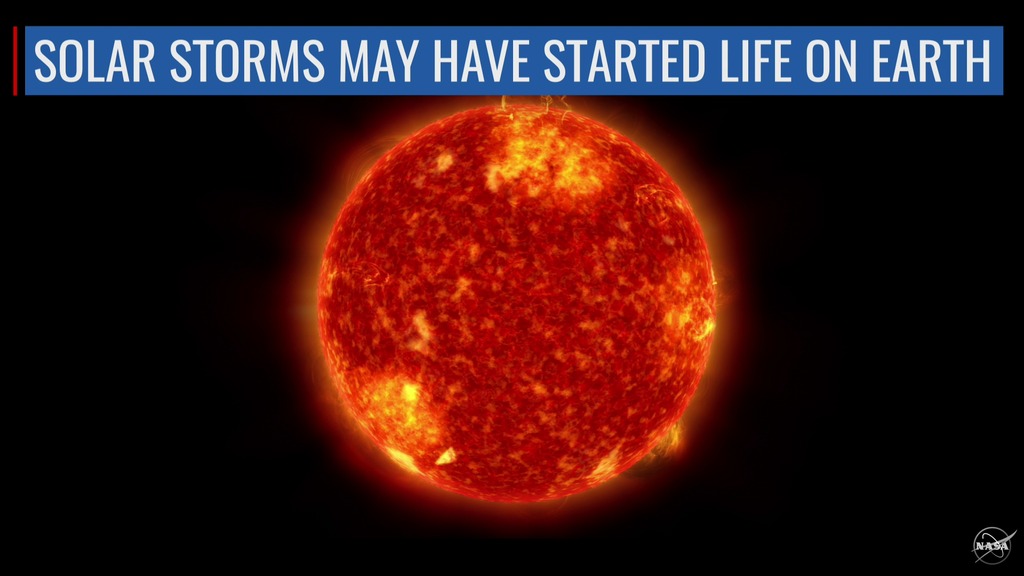
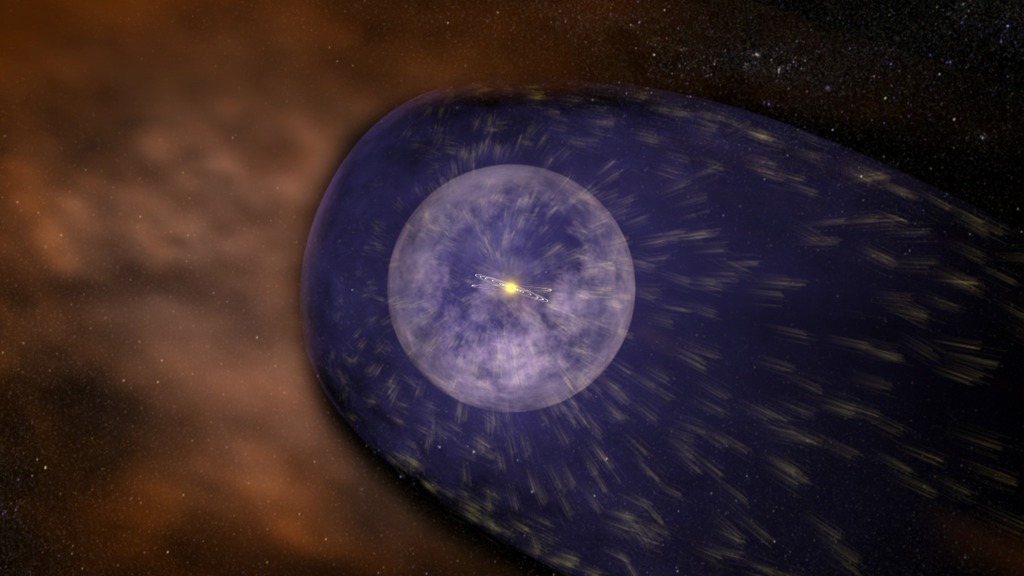
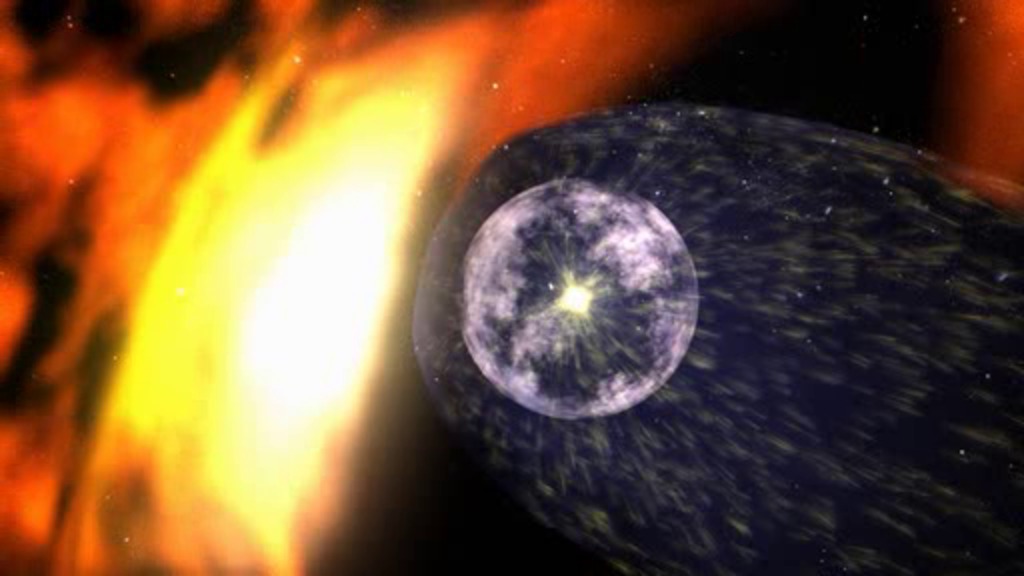
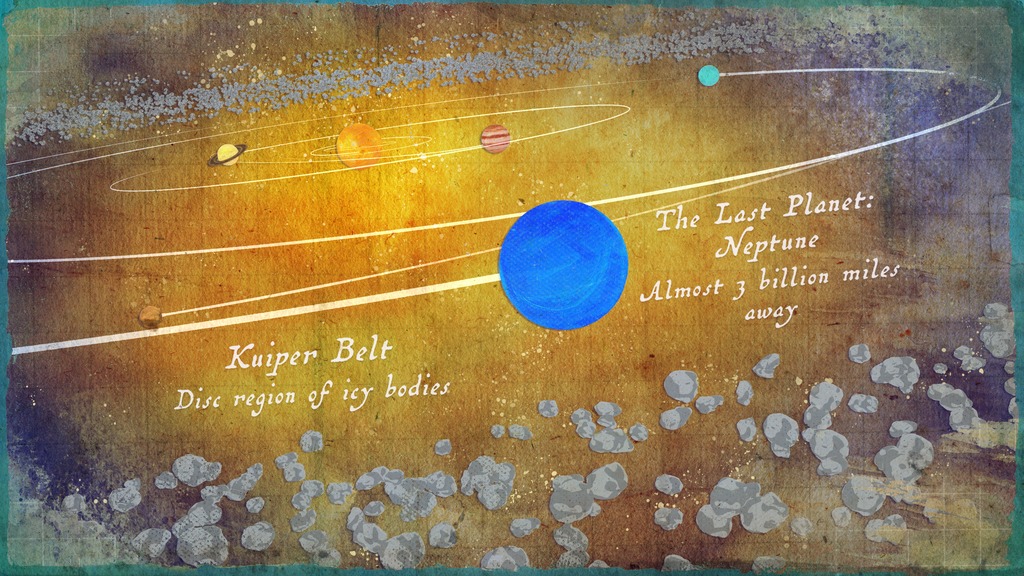
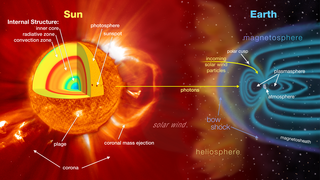
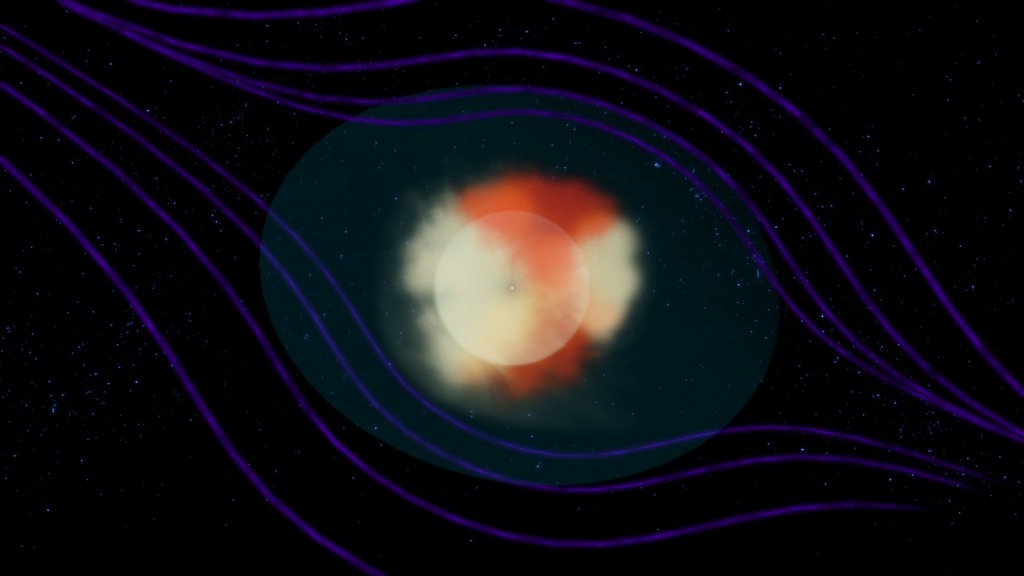
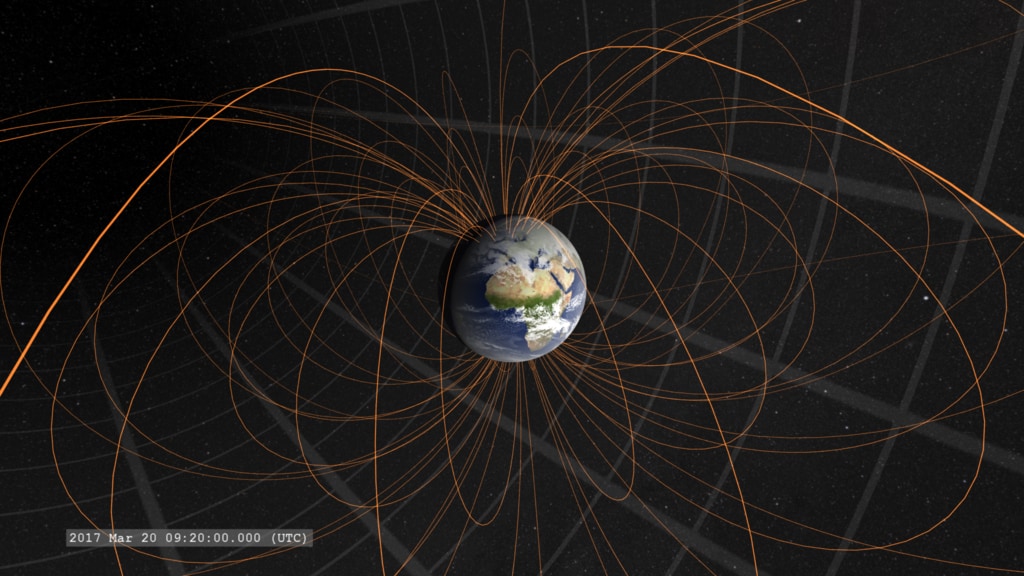

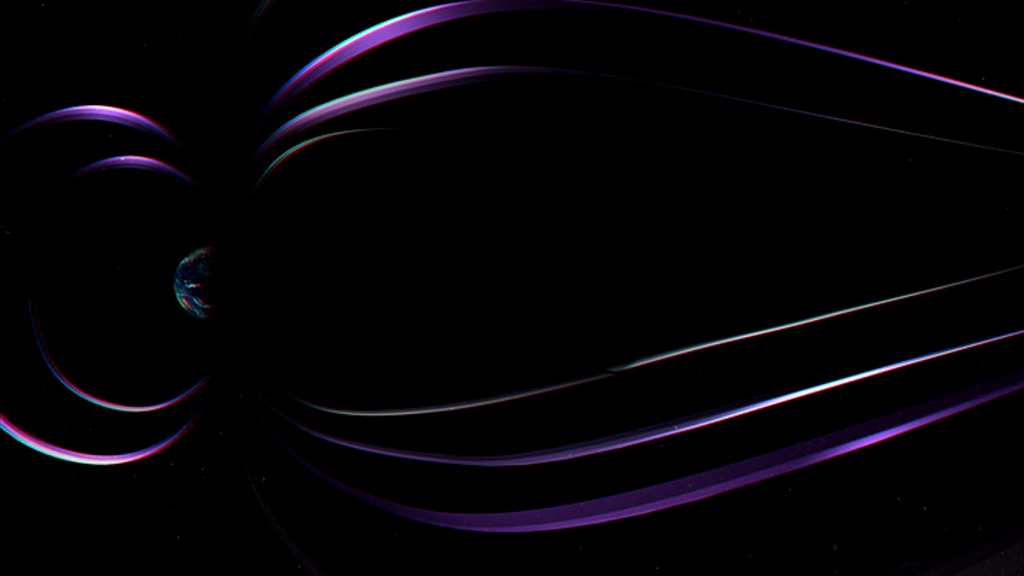
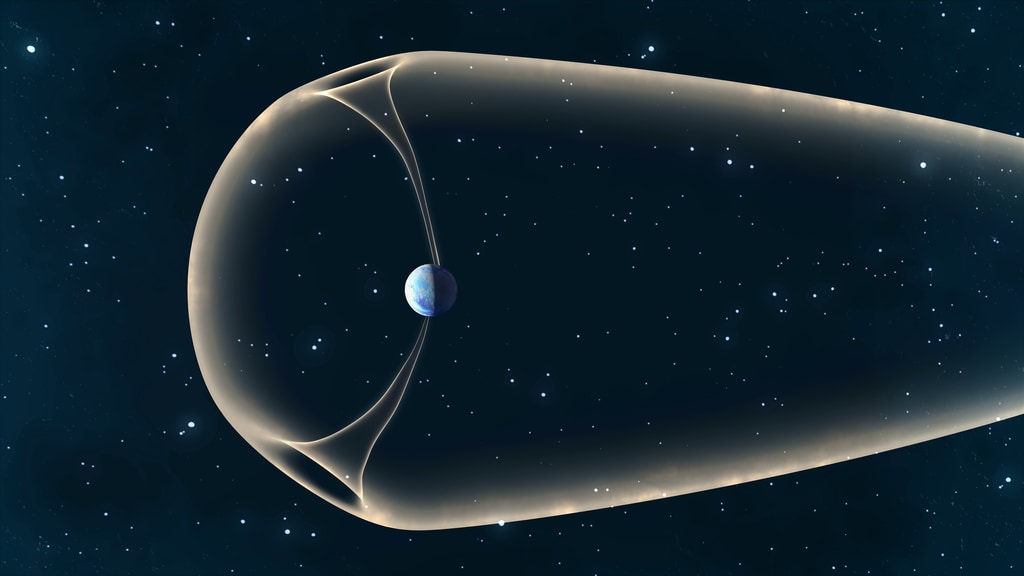
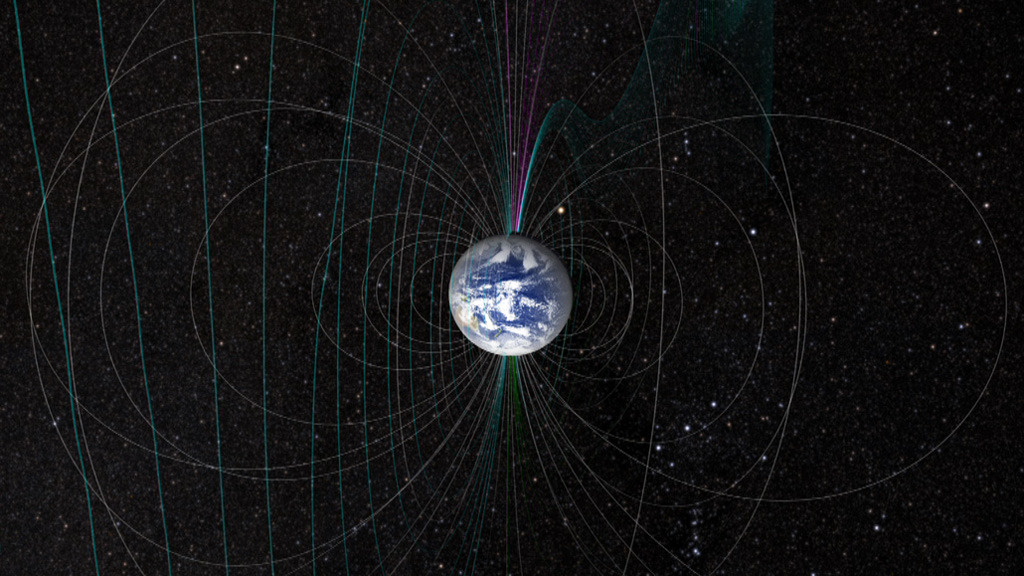
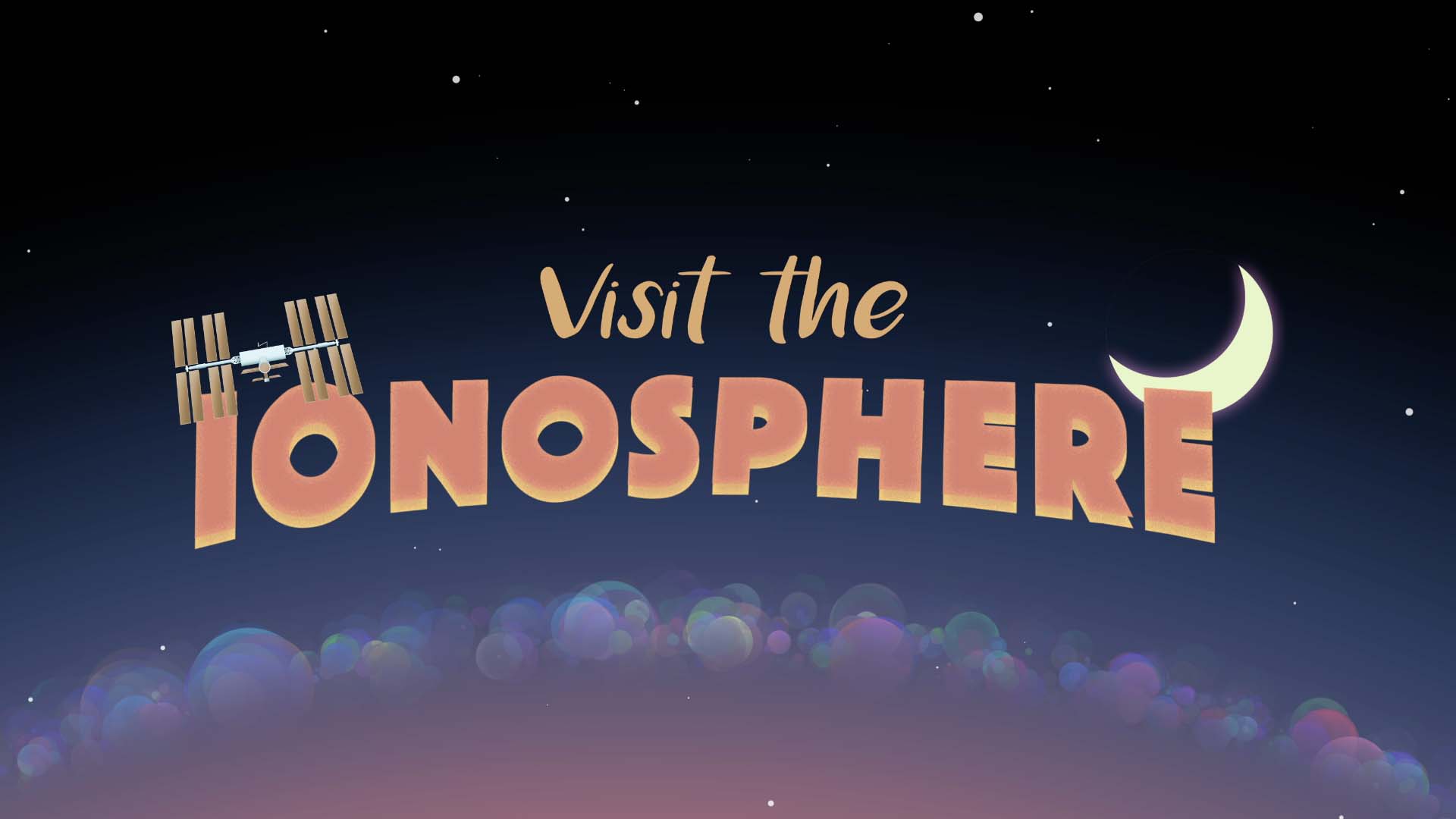
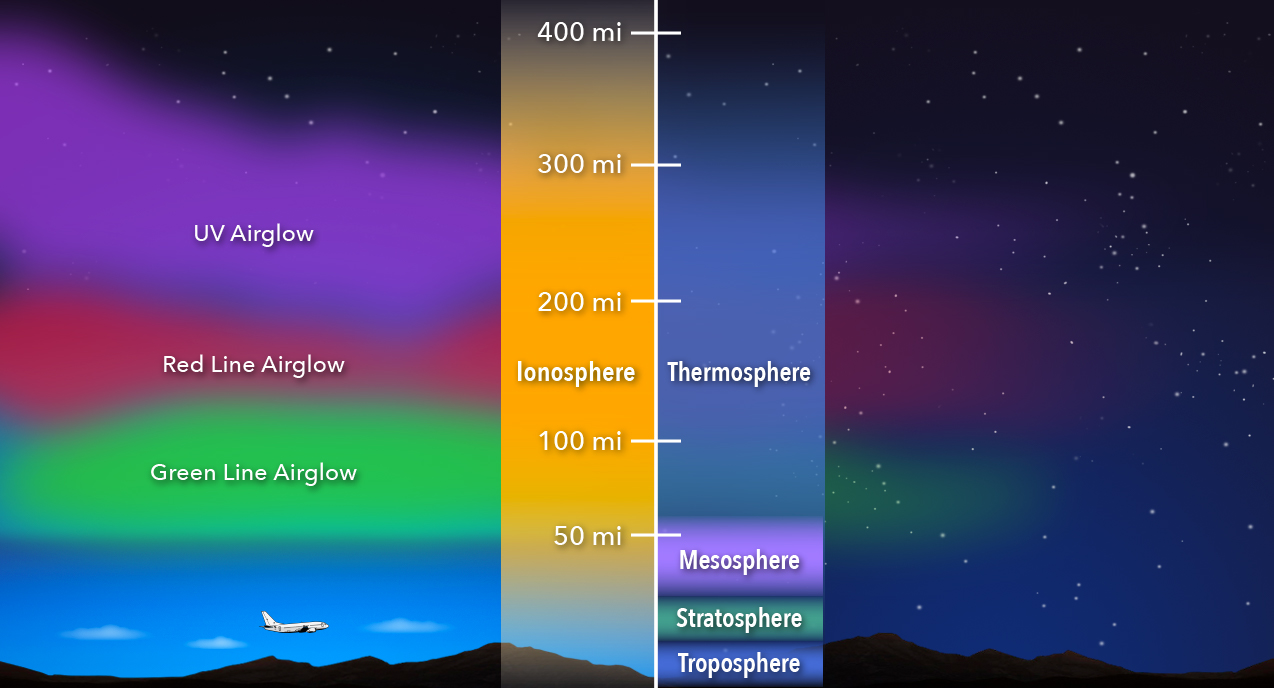
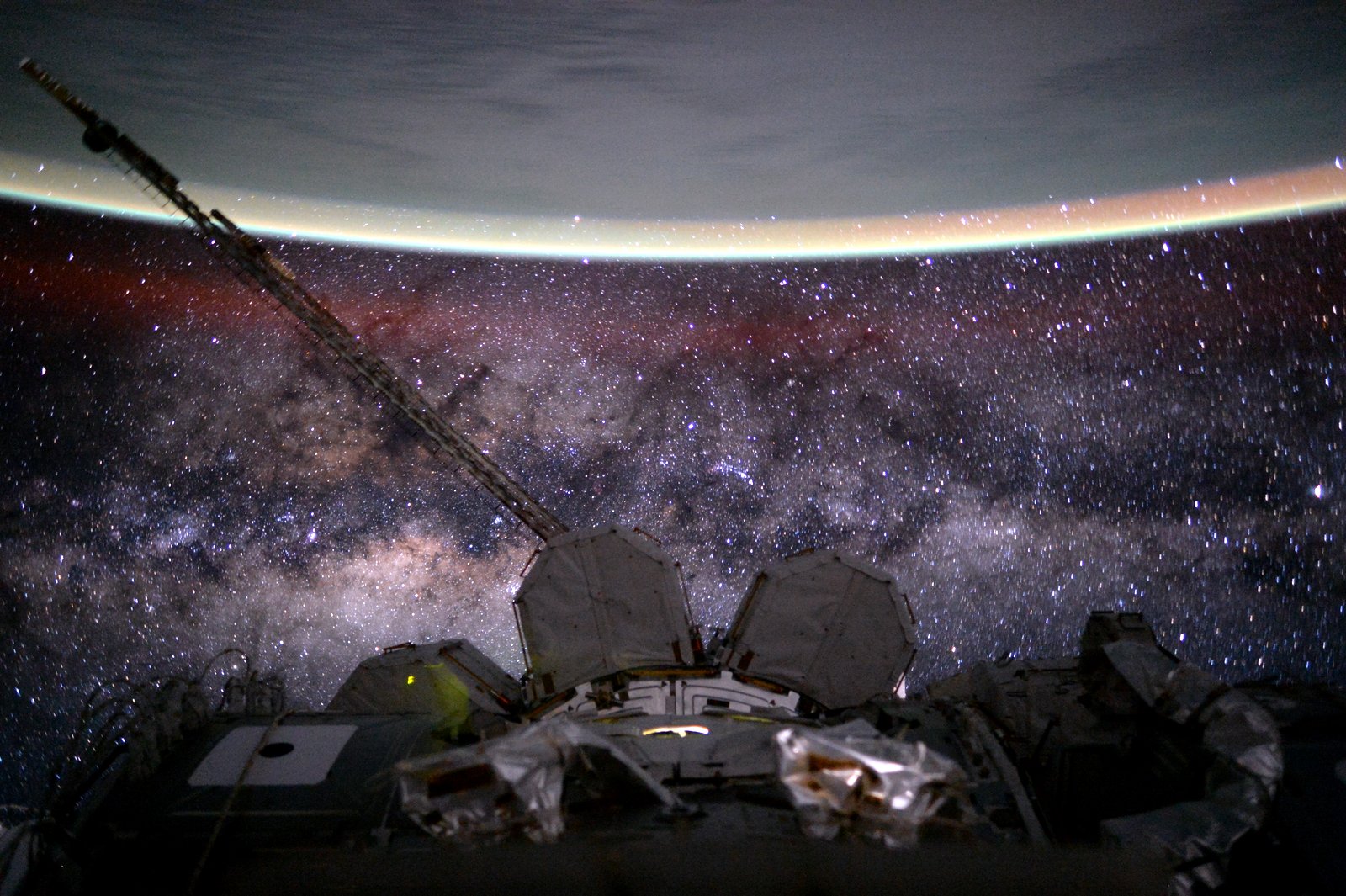

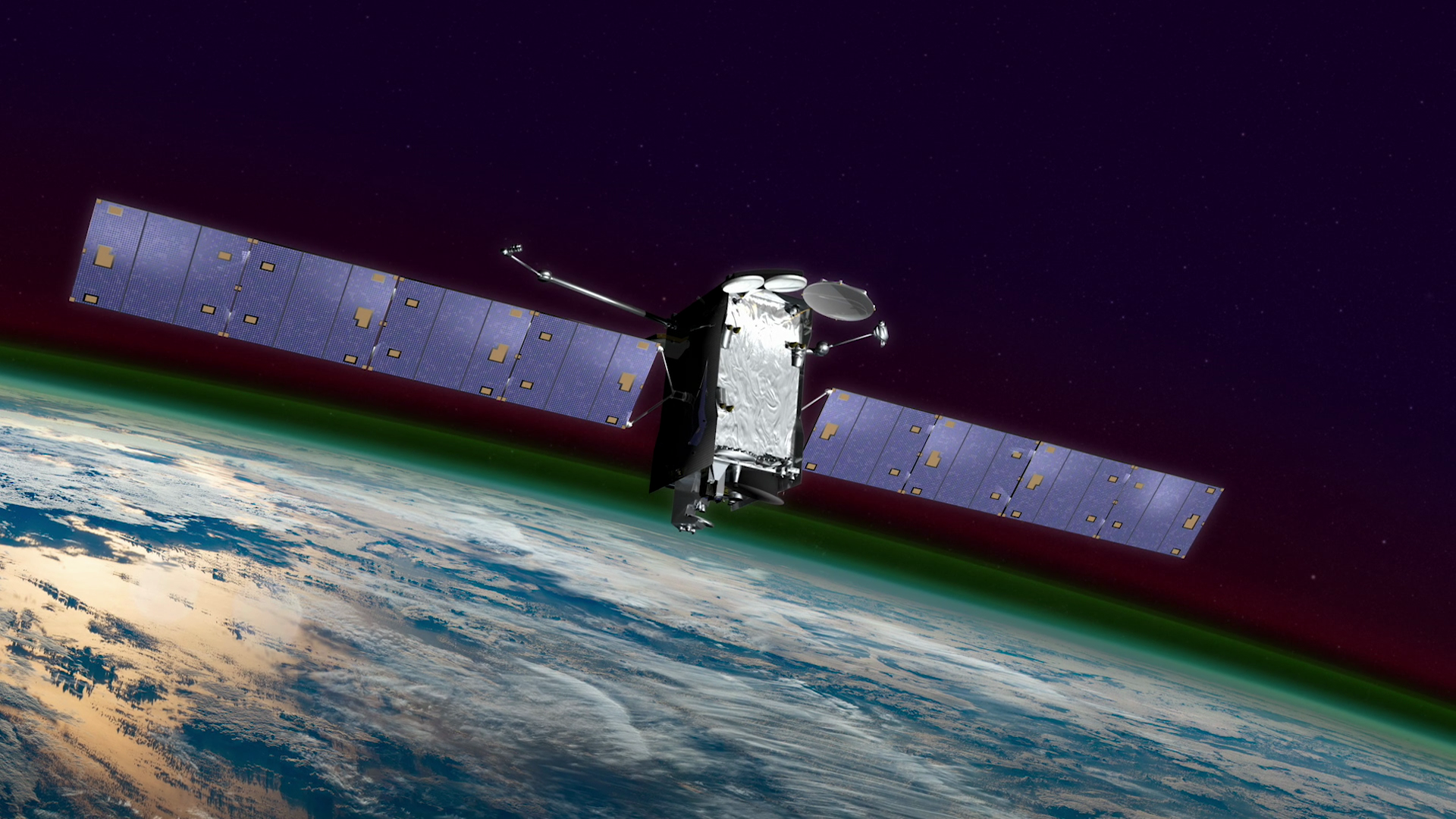

![Complete transcript available.Music credit: “Intrigues and Plots” and “Repetitive Motion” by Laurent Dury [SACEM] from Universal Production Music Watch this video on the NASA Goddard YouTube channel.](/vis/a010000/a013600/a013687/13687_AuroralBeads_YouTube.00320_print.jpg)
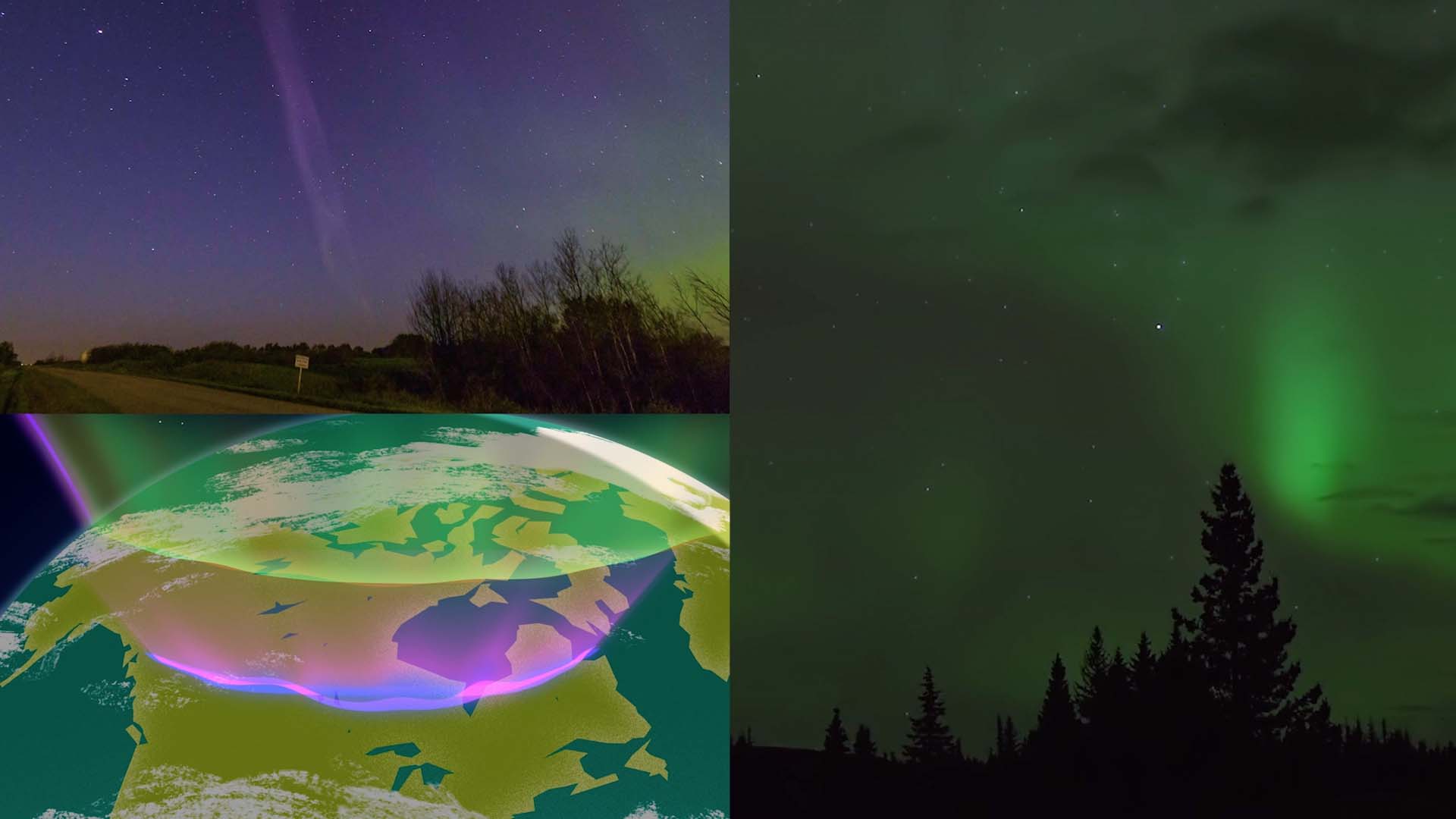



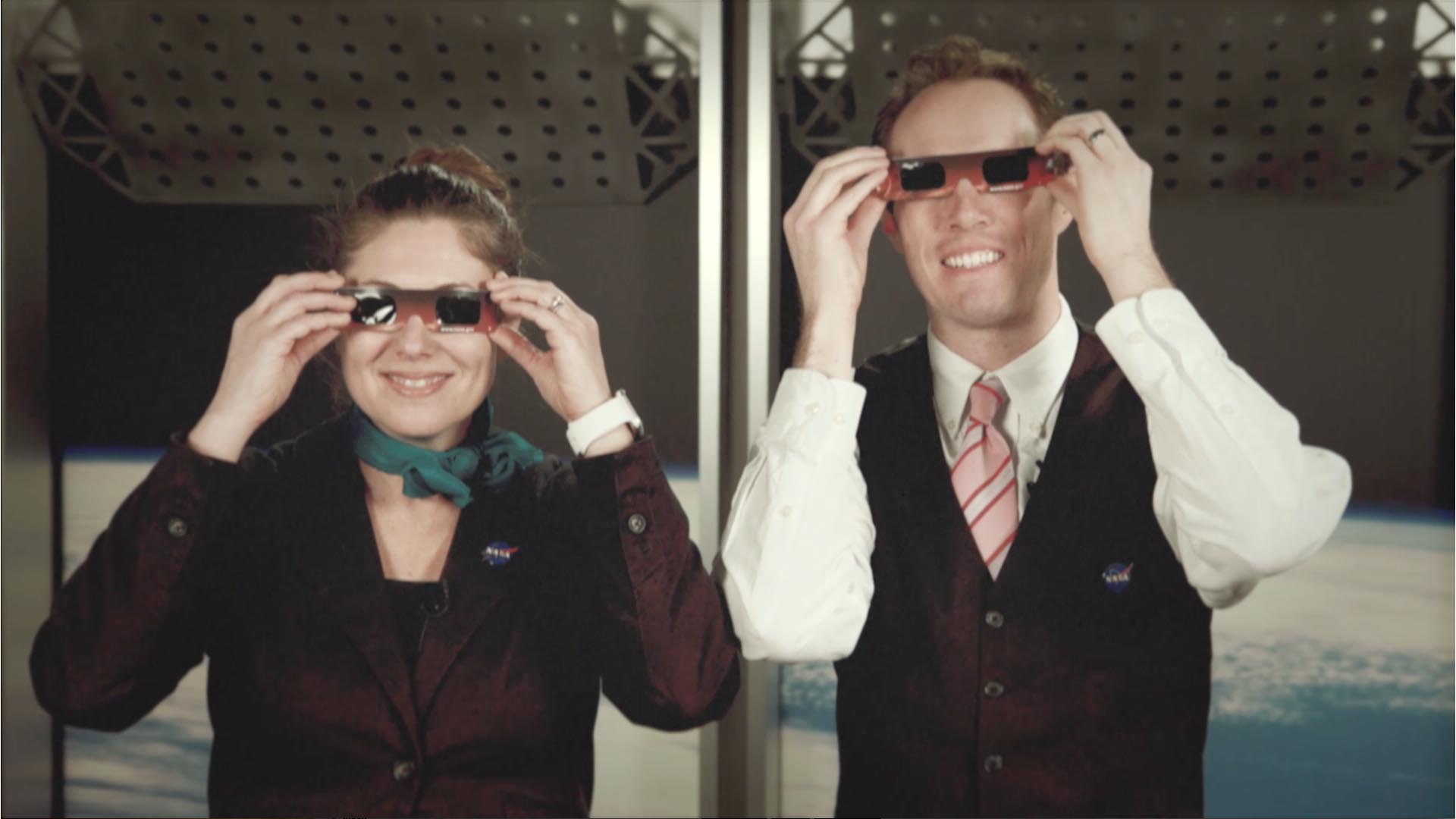
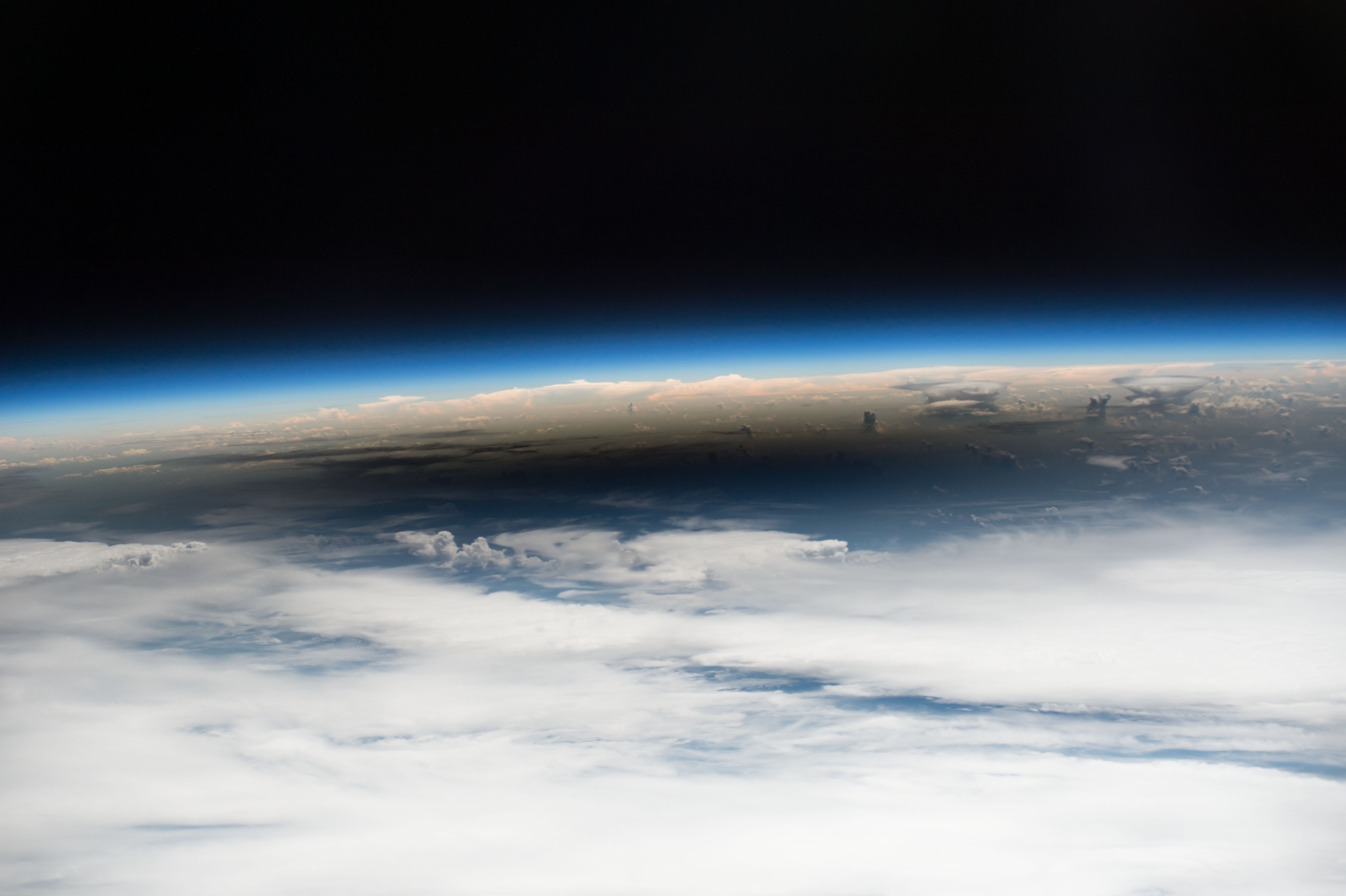
![Complete transcript available.Music credits: ‘Electricity Wave’ by Jean-François Berger [SACEM] and ‘Solar Winds’ by Ben Niblett [PRS], Jon Cotton [PRS]Watch this video on the NASA Goddard YouTube channel.](/vis/a010000/a012600/a012693/LARGE_MP4-12693_FirstCMEDuringEclipse_large.00139_print.jpg)


![NASA Launches Sounding Rockets to Study AuroraMusic credit: Trial by Gresby Race Nash [PRS] from Killer Tracks.](/vis/a010000/a012500/a012598/LARGE_MP4-12598_SoundingRockets_MASTER_large.00745_print.jpg)